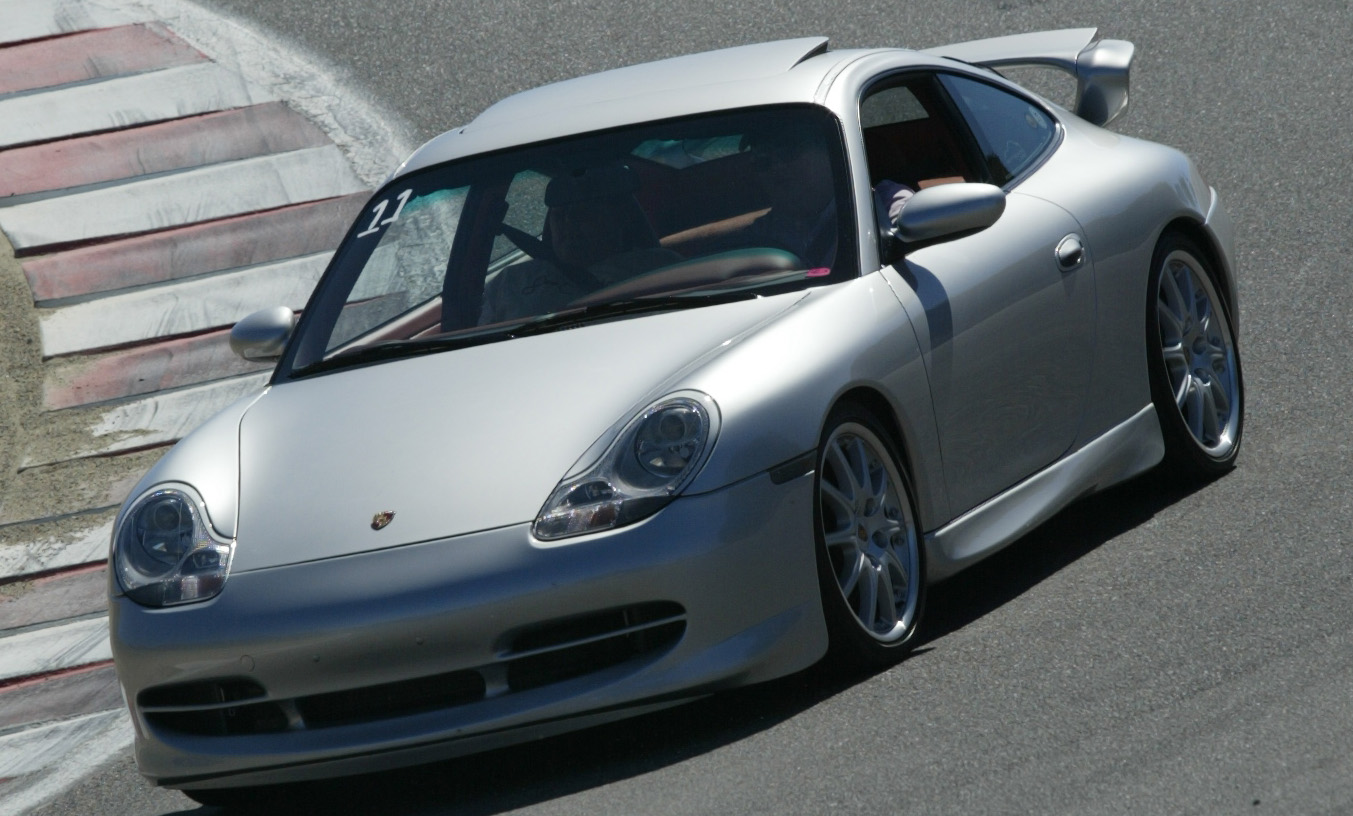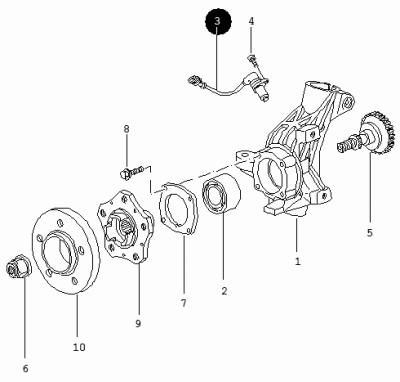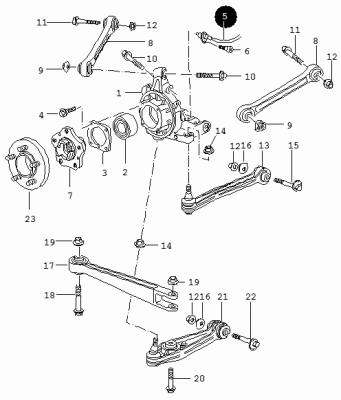Welcome to RennTech.org Community, Guest
There are many great features available to you once you register at RennTech.org
You are free to view posts here, but you must log in to reply to existing posts, or to start your own new topic. Like most online communities, there are costs involved to maintain a site like this - so we encourage our members to donate. All donations go to the costs operating and maintaining this site. We prefer that guests take part in our community and we offer a lot in return to those willing to join our corner of the Porsche world. This site is 99 percent member supported (less than 1 percent comes from advertising) - so please consider an annual donation to keep this site running.
Here are some of the features available - once you register at RennTech.org
- View Classified Ads
- DIY Tutorials
- Porsche TSB Listings (limited)
- VIN Decoder
- Special Offers
-
OBD II P-Codes - Paint Codes
- Registry
- Videos System
- View Reviews
- and get rid of this welcome message
It takes just a few minutes to register, and it's FREE
Contributing Members also get these additional benefits:
(you become a Contributing Member by donating money to the operation of this site)
- No ads - advertisements are removed
- Access the Contributors Only Forum
- Contributing Members Only Downloads
- Send attachments with PMs
- All image/file storage limits are substantially increased for all Contributing Members
- Option Codes Lookup
- VIN Option Lookups (limited)
-
Posts
37,307 -
Joined
-
Days Won
530
Content Type
Profiles
Events
Forums
External Paint Colors
Downloads
Tutorials
Links Directory
Collections
Store
Posts posted by Loren
-
-
I don't remember exactly. But the parts list says 12 total - or 6 per side - or 2 per cylinder.
I seem to remember the GT3 has 18 total - or 9 per side - or 3 per cylinder.
-
I doubt you will need WD40 etc. - not much rust in California.i'll be installing my new headers this weekend and am looking for some tips.do i need anything special for bolt removal, liquid wrench, wd 40, elbow grease ;) ?
do i need anything special for install, anti seize for the bolts?
any special procedures?
If you want to be safe then replace the manifold bolts (900 378 131 00). I think they are about $1.29 each retail.
Torque setting are here.
-
-
New cables does not mean that one of them does not have a flaw or a connector that was crimped on the insulation instead of the wire. If they worked before then there is even more reason to suspect one of the new ones.I can get an ohm tester but what exactly do I measure if all four cables are new. Or of what do I take the measurement form the sensor inside the pad or inside the plug area?I am not clear how to test resistance. -
The link should work now...I was not able to download the link. I will try to get the picture up, basically it is all of the front bolts that bolt in from underneath to the body. Thanks. -
Usually about $25.PNA 488 521 05. There were none in the US last time I checked, since they were given to the mechanics when they went to 987 school.Update. There were 130 of them in the US as of yesterday. If you want one then order it now.
How much does the dealer sell these for? Anyone know? Jim
-
The 3rd brake light in the rear deck lid should work. If the spoiler light is always on then they did not install the new wiring harness for the aerokit. See the note here.
-
It's a pretty simple circuit. All the sensors are wired in series - which means any break in a wire will cause the light to go on. If you have an ohm meter you should be able to trace it back one wheel at a time until you find the high resistance.
-
From TSB 6/04 4440 Summer Tire and Wheel Summary (dated 8-10-04)...
If new tires are to be mounted or the tires of one axle are to be replaced, tires of the same make, the same type and with the same specification code must always be used on each of the two axles. If tires are replaced on one axle only, the different tread depth from that on the other axle can cause a noticeable change in the familiar handling. This is especially the case if new tires are mounted on the rear axle. This effect decreses with increasing tire mileage.When replacing a tire on an axle, make sure that the tread depth of the new tire does not differ from that of the other tire by more than 30 %.
If a tire is damaged and it cannot be determined with absolute certainty that there is no ply damage - with all of its consequences - or if the tire was thermally or mechanically overloaded due to a loss of pressure or other prior damage, we recommend replacement of the tire in question for safety reasons.
Repairs on 'ZR" tires are not allowed, as is the use of inner tubes in tubeless tires.Tires age due to chemical and physical processes, which can impair their function. Tires that are stored unused for an extended period harden and become brittle faster than tires that are in continual use. Hairline aging cracks can occur on older tires. On tires in continual use, the kneading action activates the plasticizer in the rubber and thereby prevents hardening and cracking.
Therefore, attention should be paid not only to the tread depth but also to the age of the tire. Tires should not be older than 6 years. The age of the tire can be determined via the DOT code on the sidewall, which indicates the production date of the tire: e.g. DOT 2201= 22nd week of 2001.
Tires/complete wheels must be stored in a cool, dry and dark room with adequate ventilation. They must never come into contact with fuel, oil, grease or chemicals.
-
Yes, looks like a cam cover or Variocam solenoid leak.
-
I assume this will also work with the pre-02 996? Have any pointers where this can be purchased?
-
The end play (if not excessive) should not hurt anything. Some folks go back in and adjust the end after a couple of years after things are well worn in. If it doesn't bother you then I would leave it as is - but if you start missing shifts you might want to tighten it up a bit. When we install them at our "Work on cars days" we adjust them so that the shifter is just loose enough to return to center on it's when released.
-
-
996 552 960 01 Hinge Kit (retail) $24.39Thanks for the reply, do you have the part number for the retrofit kit.Thanks
Todd
-
Answer is hereThank you for suggestion. I did find 2 tsb "2/00 2601" & "5/04 2601". How do you view them? -
-
You will need to take ALL the hardware off the old one and mount it on the new one. That includes the little clips that hold the trim on the sides.
-
The ABS and PSM share the same speed sensors on each wheel. A PST2 would tell you which sensor is likely triggering the fault - but you might just check and or clean the electrical connection on each wheel sensor. Be sure and do any plugging and unplugging with the ignition off.
IMHO - if you are getting new rotors then change the pads. The problem is your old pads have worn to fit the old grooved rotors so they would not be making full contact on a new rotor - as least not until they had worn enough.
-
980 361 169 00 Socket, CGT Lug Nut - retail $229.28What is the tool, the part number and the cost? -
100 Time Units is one hour. So 1 TU is 0.6 minutes, or 36 seconds.
-
You may need to remove the mufflers if you can't maneuver the headers out. The torque for the header nuts is 19 ft-lb for each of the six bolts (per side) and 22 ft-lb for the 3 on the cat side.
-
996 613 119 10 A05 Targa Shade Switch - Retail price $33.84
-
The brake pad sensors are just wires. When they wear through they break the circuit. Most folks just use a tie-wrap to keep them out of the way with racing pads.
-
Schematic says "double relay" - relay in position 6 and 7. That would be second row from the top, first 2 relays from the left. Both should have part number 996 615 111 00. I do not know what happens if you pull them. Let us know.HI Loren,I have DRL and would prefer them off, is it as simple as pulling the relay and can you tell me which one?
Its a Canadian car.
Thanks.


-0001-0001.thumb.png.17f5bb25bf8ec261a17c21e6321c8492.png)



P1275...What exactly does this mean?
in 986 Series (Boxster, Boxster S)
Posted
The OBD II service book says erase the code and if comes back replace the sensor.